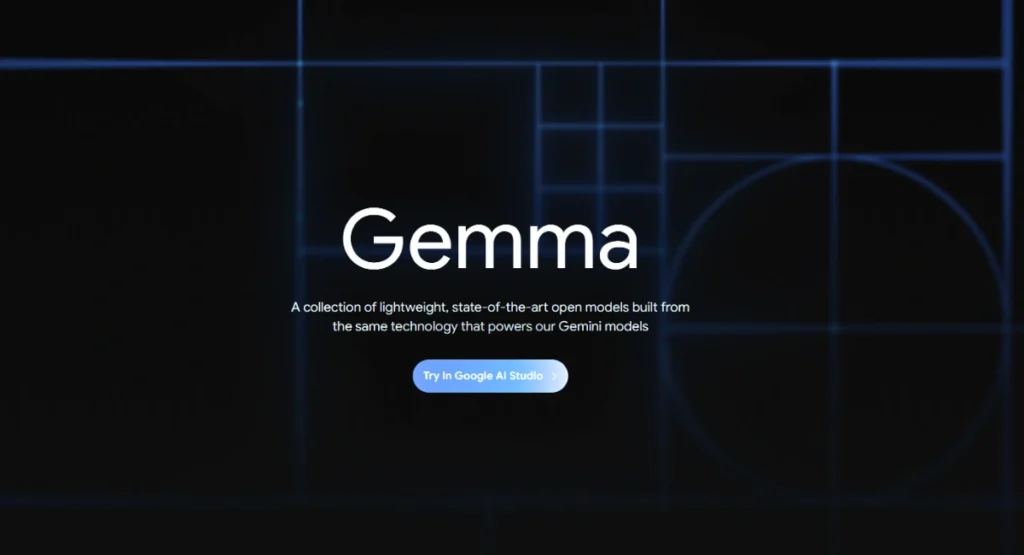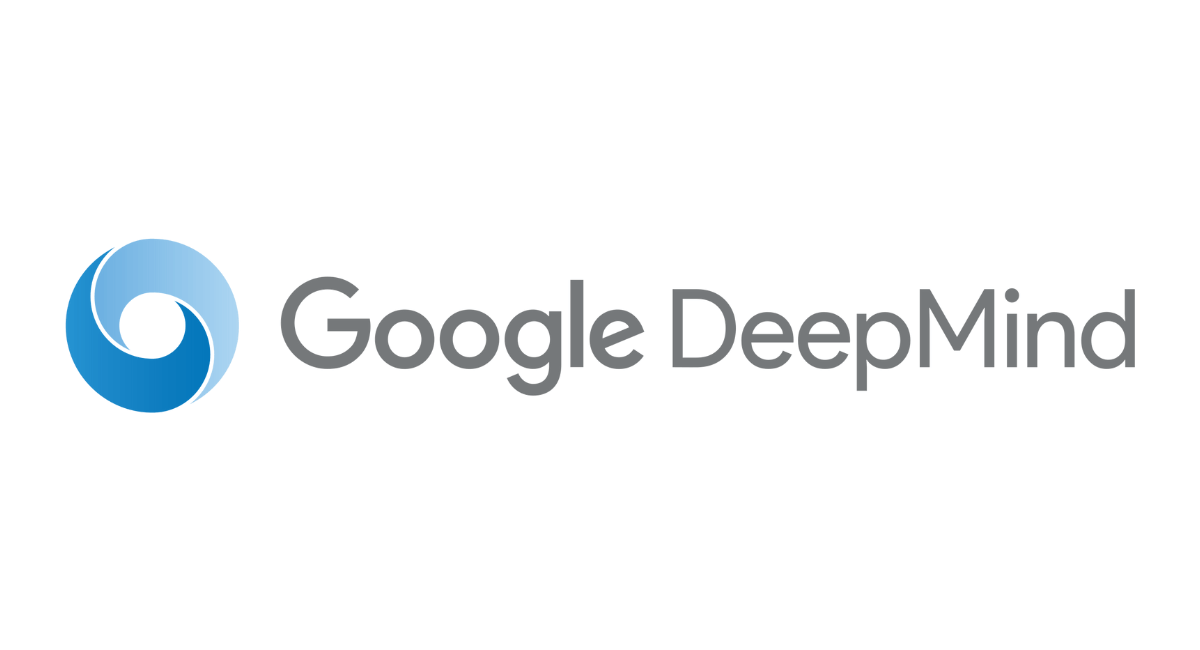Google Gemma
Vista Vibrante Verdict
Features
Accessibility
Compatibility
User Friendliness
What is Google Gemma?
Google’s Gemma is a family of lightweight, advanced open-source AI models developed by DeepMind. Built upon the same research as the Gemini models, it is highly optimized for efficiency, enabling developers to create AI applications that run seamlessly on various devices, including smartphones, laptops, and workstations.
With support for over 140 languages and capabilities spanning text, image, audio, and video processing, it aims to make advanced AI accessible and practical for a wide range of applications.

Gemma Summarized Review | |
Performance Rating | A |
AI Category | AI Assistants, Open-Source Multimodal Language Models |
AI Capabilities | Natural Language Processing, Machine Learning, Generative Adversarial Networks |
Pricing Model | Free (Open-Source) |
Compatibility | Cross-Platform (Mobile, Desktop, Cloud |
Accuracy | 4.4 |
Key Features
The most advanced features of Gemma are:
- Multimodal Processing
- Multilingual Support
- Efficient Performance
- Extended Context Window
- Function Calling
- Open-source
Who Should Use Gemma?
- Mobile App Developers: To integrate advanced AI features into mobile applications without heavy resource demands.
- Content Creators: Utilize AI for generating and editing multimedia content efficiently and in less time.
- Educators & Researchers: Use the platform for language processing and educational tools across multiple languages.
- Startups & SMEs: To implement cost-effective AI solutions without the need for extensive infrastructure.
- Open-Source Enthusiasts: Experiment and build upon a robust, community-supported AI model
Pricing & Plans
Gemma is available for free under an open-source license, allowing developers to use, modify, and distribute the models without cost. Google also provides tools and documentation to support development and deployment.
Pros & Cons
Pros
- Lightweight models suitable for on-device applications.
- Comprehensive multimodal and multilingual capabilities.
- Open-source, promoting transparency and community collaboration.
- Efficient performance with low memory requirements.
Cons
- Limited to the capabilities of the model sizes (1B–27B parameters).
- As an open-source model, it may require additional effort for fine-tuning and deployment.
Final Verdict
Google’s Gemma models represent a significant step towards accessible and efficient AI. Their lightweight design, combined with robust multimodal and multilingual capabilities, makes them suitable for a wide range of applications, especially where resources are limited. As open-source models, they offer flexibility and foster innovation within the developer community.
FAQs
How does it differ from Gemini?
- While both are developed by Google, Gemma is open-source and optimized for efficiency, whereas Gemini is a larger, closed-source model designed for more extensive tasks.
Can it run on mobile devices?
- Yes, its models, especially Gemma 3n, are optimized to run efficiently on mobile devices with low memory footprints.
Is it suitable for commercial applications?
- Yes, it’s an open-source license that allows for commercial use, making it suitable for various business applications.

